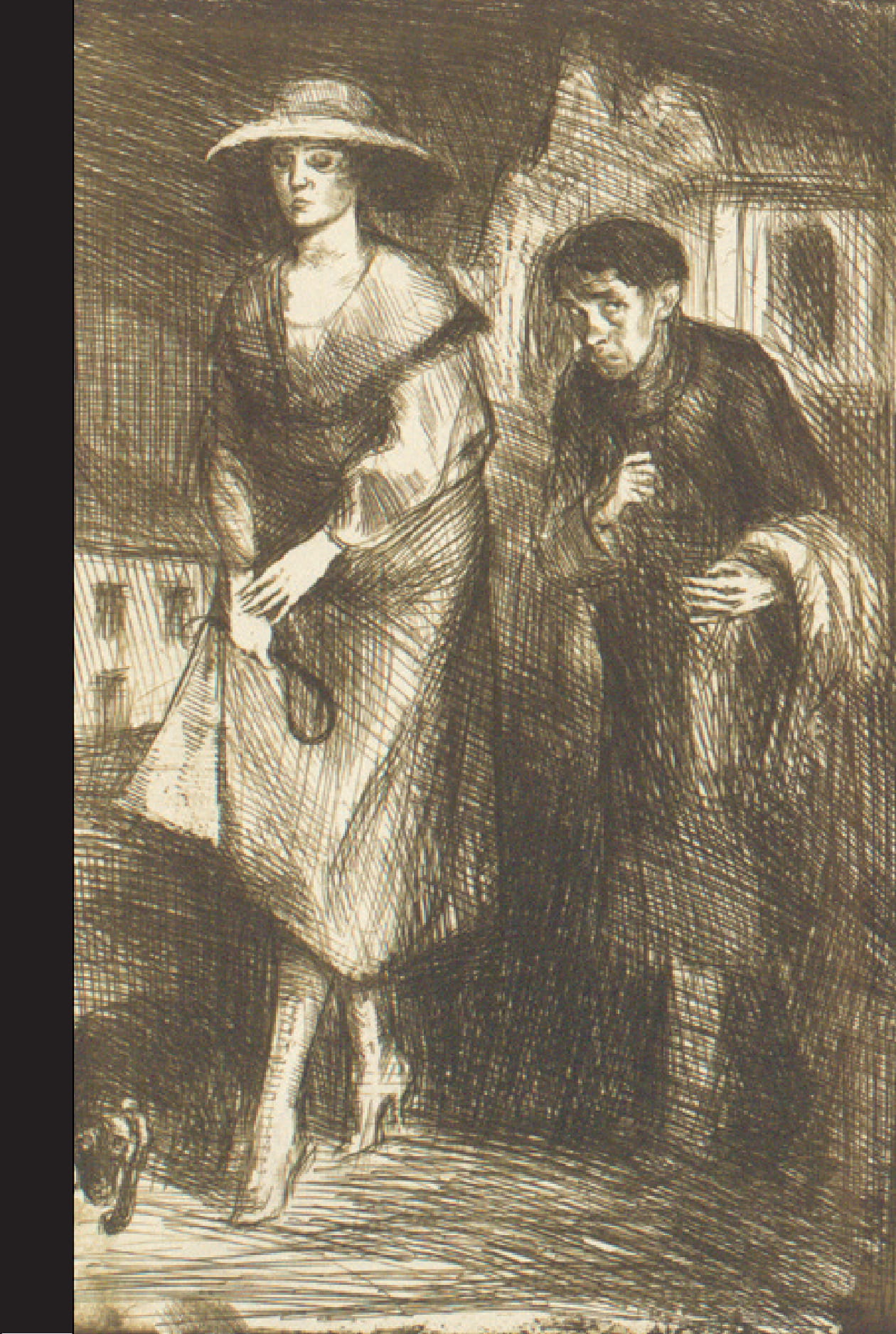Wokół wystawy w Borysławiu. O dwóch debiutach Brunona Schulza
The Exhibition in Boryslaw. On Bruno Schulz’s Double Debut
Author(s): Łesia ChomyczContributor(s): Adam Pomorski (Translator)
Subject(s): Visual Arts, Local History / Microhistory, Polish Literature, Interwar Period (1920 - 1939), Source Material
Published by: Fundacja Terytoria Książki
Keywords: bruno schulz;polish literature;literary debut;query;masochism;
Summary/Abstract: Most Schulz experts assume that while working on The Booke of Idolatry, he did not start writing fiction yet. It has been generally believed that his literary talent surfaced rather late, although Jerzy Ficowski thought that Schulz might have tried writing some time earlier. In the critic’s opinion, the beginning of Schulz’s literary talent dated back to his correspondence with close friends in 1925–1926, but since all letters from that period have been lost there is no way to validate that claim. Jerzy Jarzębski supposes that Schulz’s fiction came into being rapidly, at once fully mature and perfect. Władysław Panas also points at Schulz’s magisterial literary debut, The Cinnamon Shops, when the author was already about forty years old. And yet, the present essay puts those hypotheses to test. Having searched the holdings of the Vasyl Stefanyk National Academic Library in Lviv, Ms. Khomych has demonstrated that Schulz made his debut in the early 1920s almost simultaneously in two fields: in art, with a one man show in the town of Boryslaw in 1921, which has been commonly known, and in literature in 1922. Ms Khomych discovered in the 25–26 no. (January 15, 1922) of the bi-weekly Świt, sponsored by the oil officials of Boryslaw, a short story titled “Undula,” signed with a penname “Marceli Weron.” A critical analysis of this story demonstrates a number of affinities both with Schulz’s art, and with his later fiction. The name of the title character, Undula, is the same as that of the main figure of the graphic works included in The Booke of Idolatry. Other similarities include masochistic eroticism and some characters and motifs typical of Schulz’s later stories: a child, a dream, a chambermaid named Adela, the Demiurge, a crab, and a cockroach. Moreover, the stylistic and lexical features of the text leave no doubt that Schulz must have been its author. Imitation by anyone is impossible since in the early 1920s none of his other literary works was available in print. Thus, one may assume that “Marceli Weron” was Schulz’s penname and “Undula” was his proper literary debut.
Journal: Schulz/Forum
- Issue Year: 2019
- Issue No: 14
- Page Range: 13-32
- Page Count: 20
- Language: Polish

